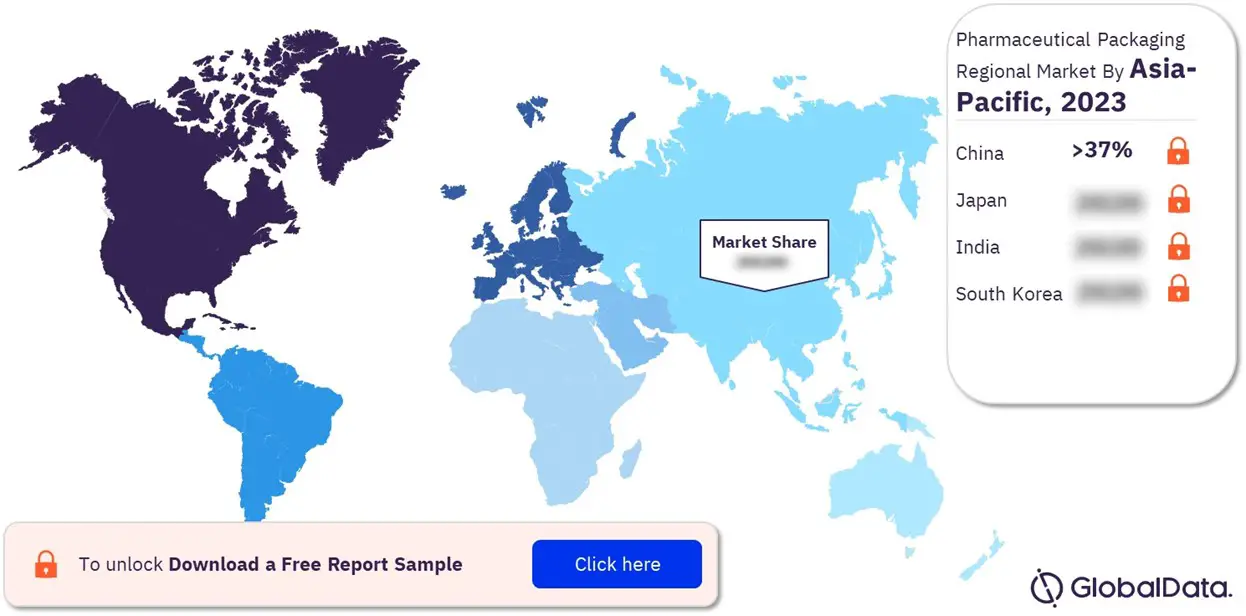The pharmaceutical industry stands as a cornerstone of modern healthcare, advancing medical science and improving lives worldwide. Within this vast landscape, the significance of pharmaceutical packaging cannot be overstated. Beyond mere containment, packaging plays a pivotal role in ensuring product integrity, safety, and compliance with regulatory standards. As the pharmaceutical sector continues to evolve, driven by innovation and emerging trends, the packaging market too is undergoing a transformative journey.
Current Landscape:
The pharmaceutical packaging market is witnessing robust growth, propelled by several factors. One of the primary drivers is the escalating demand for pharmaceutical products, spurred by aging populations, increasing prevalence of chronic diseases, and expanding access to healthcare in emerging economies. This surge in demand necessitates efficient packaging solutions that not only preserve product efficacy but also enhance patient convenience and adherence.
Moreover, stringent regulatory requirements imposed by authorities such as the FDA (Food and Drug Administration) and EMA (European Medicines Agency) have elevated the importance of compliance and quality standards in pharmaceutical packaging. Manufacturers are thus compelled to adopt advanced technologies and materials to meet these stringent guidelines while mitigating the risk of counterfeiting and tampering.
Key Trends Shaping the Market:
-
Sustainability and Eco-friendly Packaging: With growing environmental consciousness, there is a notable shift towards sustainable packaging solutions within the pharmaceutical industry. Biodegradable materials, recyclable packaging, and reduced carbon footprint are becoming integral considerations for pharmaceutical companies and packaging manufacturers alike.
-
Smart Packaging Technologies: The integration of smart technologies such as RFID (Radio Frequency Identification), NFC (Near Field Communication), and QR codes is revolutionizing pharmaceutical packaging. These technologies enable real-time tracking, authentication, and interaction with consumers, enhancing supply chain visibility and combating counterfeit drugs.
-
Personalized Packaging: Customized packaging solutions tailored to specific patient demographics are gaining traction. From child-resistant packaging for pediatric medicines to easy-open blister packs for geriatric patients, personalized packaging aims to optimize patient safety, compliance, and user experience.
-
Innovative Drug Delivery Systems: Advances in drug delivery systems, including prefilled syringes, inhalers, and transdermal patches, are driving innovation in pharmaceutical packaging. Packaging designs are being optimized to ensure compatibility, stability, and sterility of these novel delivery platforms.
Challenges and Opportunities:
While the pharmaceutical packaging market presents lucrative opportunities, it also faces several challenges. Rising raw material costs, stringent regulatory requirements, and the need for continuous innovation pose significant hurdles for industry players. Furthermore, the globalization of supply chains and the emergence of disruptive technologies necessitate agile responses to market dynamics.
However, amidst these challenges lie opportunities for differentiation and growth. Collaboration between pharmaceutical companies and packaging manufacturers can foster innovation and the development of novel packaging solutions. Embracing digitalization and automation can streamline manufacturing processes, enhance quality control, and reduce time-to-market.
Future Outlook:
Looking ahead, the pharmaceutical packaging market is poised for continued expansion, driven by evolving healthcare needs and technological advancements. Sustainable packaging practices, smart technologies, and personalized solutions will remain at the forefront of industry innovation. Moreover, with the advent of precision medicine and biopharmaceuticals, packaging designs will need to adapt to the unique requirements of these therapies.
In conclusion, the pharmaceutical packaging market serves as a critical enabler of healthcare delivery, ensuring the safety, efficacy, and accessibility of pharmaceutical products. By embracing innovation, sustainability, and collaboration, stakeholders can navigate the complexities of the market landscape and contribute towards shaping the future of pharmaceutical packaging in the global healthcare ecosystem.
View Sample Report for Additional Insights on the Pharmaceutical Packaging Market Forecast, Download a Free Report Sample





